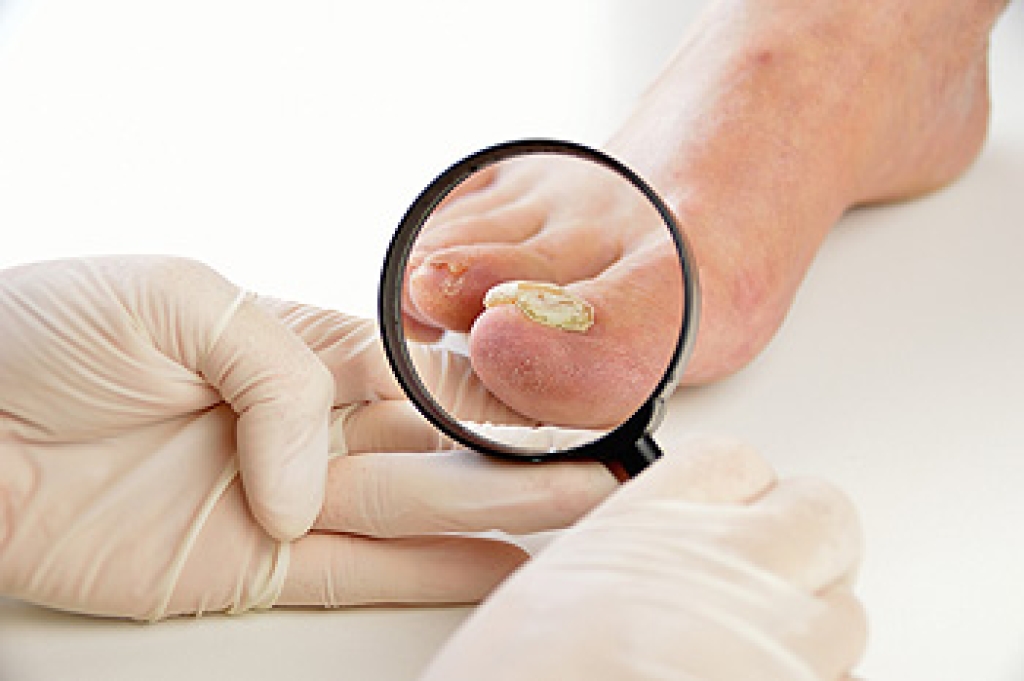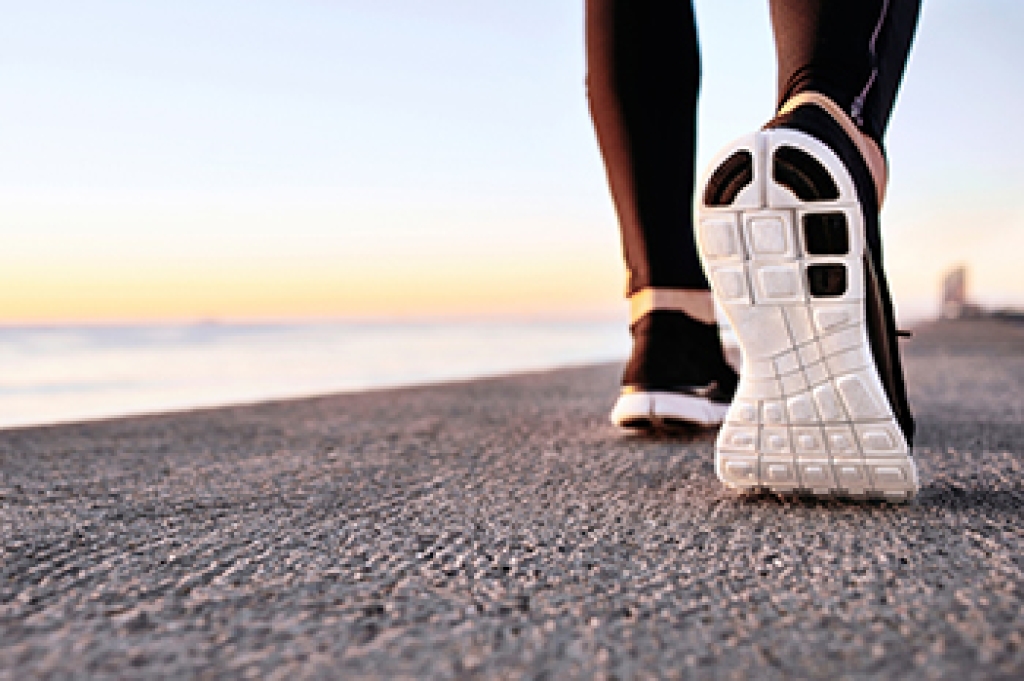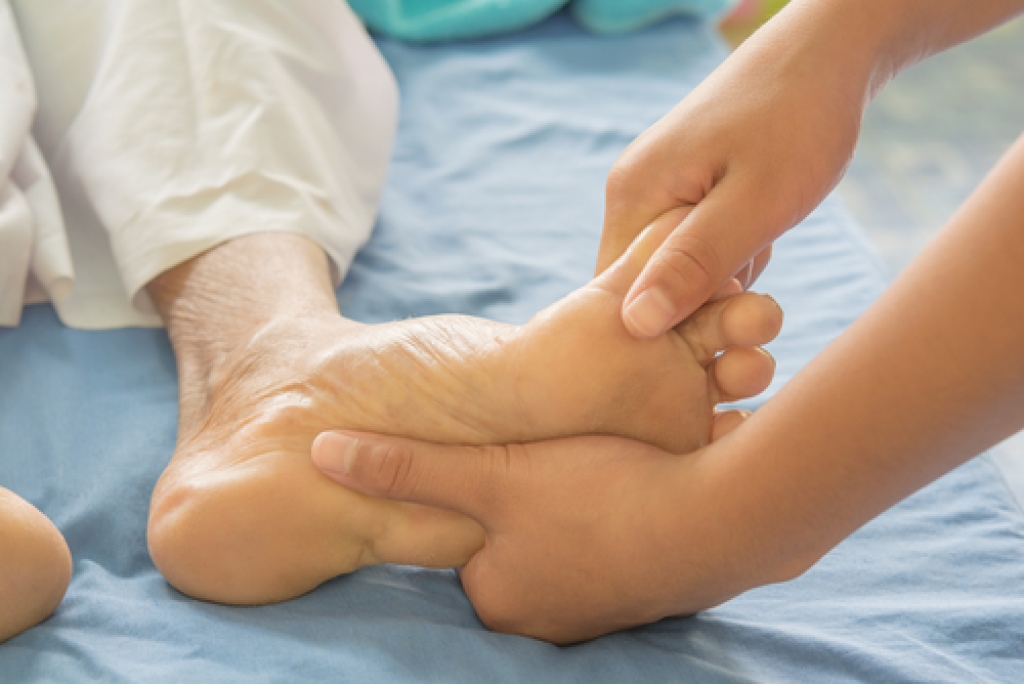
Toenail infections develop when organisms enter small openings in the nail or surrounding skin and slowly affect nail structure. Athlete’s foot allows organisms to spread from skin to nail. Repeated exposure around pools, locker rooms, and communal showers increases contact with fungi. Nail injuries from sports, nail trimming, or pressure from tight shoes create entry points. Long-term moisture inside shoes with inadequate support raises risk of toenail infections, especially with prolonged sweating. Circulation problems in the legs related to diabetes or artery disease reduce nail defenses. A weakened immune system and family history also increase risk of toenail infections. A podiatrist can examine the nails, confirm the cause, guide treatment, and discuss surgery when necessary. For help with foot problems, it is suggested that you consult a podiatrist for an exam and treatment.
If left untreated, toenail fungus may spread to other toenails, skin, or even fingernails. If you suspect you have toenail fungus it is important to seek treatment right away. For more information about treatment, contact one of our podiatrists of Advanced Foot Specialists. Our doctors can provide the care you need to keep you pain-free and on your feet.
Symptoms
- Warped or oddly shaped nails
- Yellowish nails
- Loose/separated nail
- Buildup of bits and pieces of nail fragments under the nail
- Brittle, broken, thickened nail
Treatment
If self-care strategies and over-the-counter medications does not help your fungus, your podiatrist may give you a prescription drug instead. Even if you find relief from your toenail fungus symptoms, you may experience a repeat infection in the future.
Prevention
In order to prevent getting toenail fungus in the future, you should always make sure to wash your feet with soap and water. After washing, it is important to dry your feet thoroughly especially in between the toes. When trimming your toenails, be sure to trim straight across instead of in a rounded shape. It is crucial not to cover up discolored nails with nail polish because that will prevent your nail from being able to “breathe”.
In some cases, surgical procedure may be needed to remove the toenail fungus. Consult with your podiatrist about the best treatment options for your case of toenail fungus.
If you have any questions please contact our offices located in Rockwall, Greenville, Dallas, Sachse, and Lewisville, TX . We offer the newest diagnostic and treatment technologies for all your foot and ankle needs.




